Series Building on Young Children's Mathematical Thinking : Using Literature to Teach Math
Math.K.CC.B.4
Common core State Standards
- Math: Math
- K: Kindergarten
- CC: Counting & Cardinality
- B: Count to tell the number of objects
-
4:
Understand the relationship between numbers and quantities; connect counting to cardinality.
a. When counting objects, say the number names in the standard order, pairing each object with one and only one number name and each number name with one and only one object.
b. Understand that the last number name said tells the number of objects counted. The number of objects is the same regardless of their arrangement or the order in which they were counted.
c. Understand that each successive number name refers to a quantity that is one larger.
Save to My Resources
PLEASE CREATE A NEW ACCOUNT OR LOG IN TO ACCESS THIS CONTENT
Enjoy your first video for free. Subscribe for unlimited access.
Have questions about subscribing?
Click Here to learn more about individual subscriptions.
Click Here to learn more about School and Institution access.
Discussion and Supporting Materials
Thought starters
- How does the book Ms. Surita picked fit with the math content students are learning?
- What kinds of questions does Ms. Surita ask while reading?
- How does the read aloud lead into the day's activity?
In Partnership With:

Teachers
Crystal Surita
Newest
|
4 MIN
|
5 MIN
|
5 MIN
UNCUT CLASSROOMS
| TCHERS' VOICE
English Language Arts
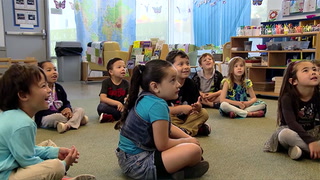

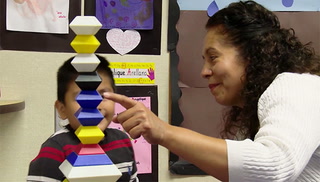
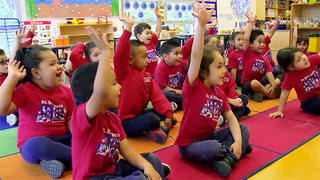

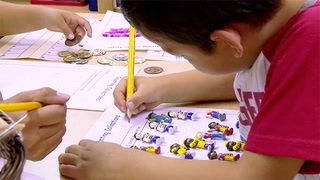
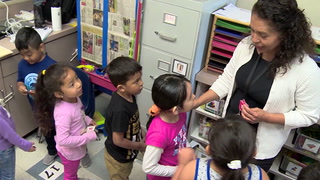
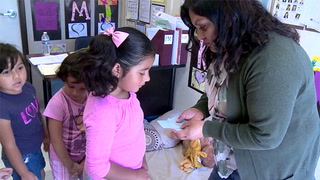
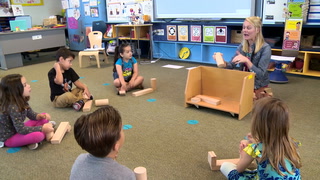


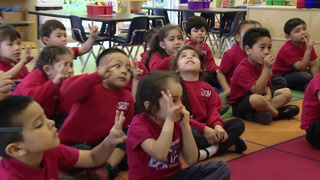









5 Comments
Avery Baird May 15, 2020 7:17pm
I absolutely loved this example of how to incorporate literature with numbers. Kids love books and they love talking about it and this kind of book really helps the students with their listening skills and mathematics to figure out how many buttons. The students seemed to really enjoy the graphics but also enjoyed using their critical thinking to answer the teacher's questions. I think the idea to read the book then put it into an activity where the kids physically hold the buttons and count them out aloud allows them to relate to the book and also express their math skills in a fun setting.
Cade Patterson Aug 24, 2019 6:15pm
The book that Ms. Surita used is a great idea to work on two different subjects without the students even realizing it. It is also a great way to spike the interest of the students by reading them a story and then taking the topic from the story and making it a lesson. This was a great video and idea.
Mary Brewer Mar 4, 2019 1:09am
I have collected my math-related books that I like to use to introduce different math themes. Kids love the read-aloud, and they love having access to the books later to re-read!
Mary Bartz Feb 10, 2019 8:03pm
Micah Lovejoy Sep 17, 2018 1:43pm
Cross corriculum learning is such a great tool. Students learn is so many different ways. I loved seeing how you differenited your lesson to fullfil the many learning styles of your students.